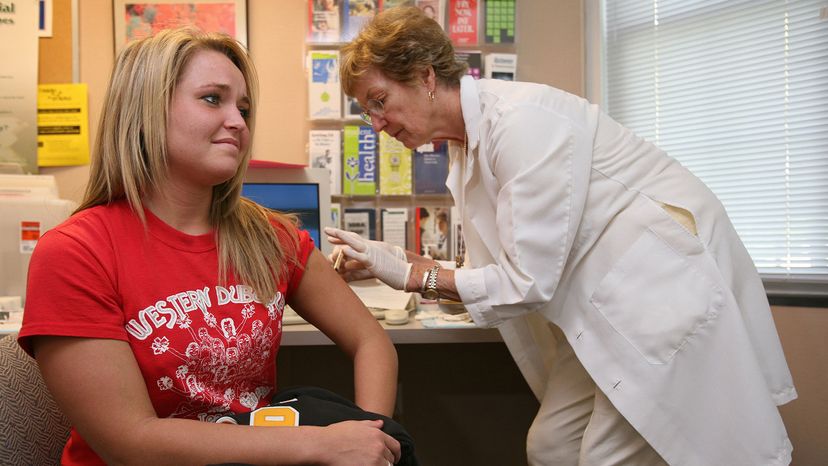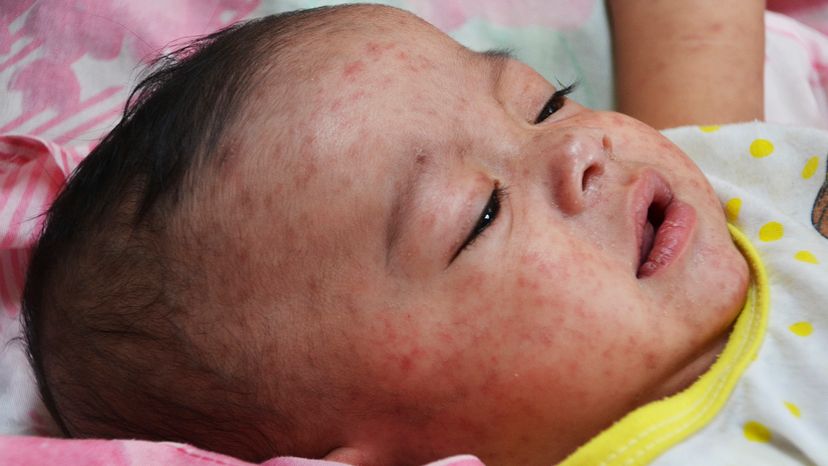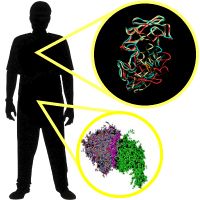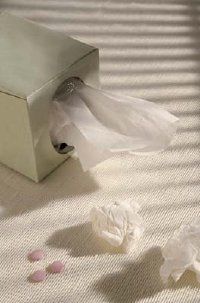
Anyone around in the 1960s and earlier knew not to mess with the measles. Measles, aka rubeola, is a dangerous and highly contagious infectious disease. If you're lucky, your suffering will be limited to a high fever, cough, runny nose, red, watery eyes and the infection's signature angry, red rash [source: Centers for Disease Control and Prevention]. But if you're not so lucky, you can add to that any number of complications. About 10 percent of measles patients get severe diarrhea and ear infections. More dire complications include pneumonia, encephalitis (brain swelling) that can further cause convulsions, deafness, cognitive impairment and even death.
Pregnant women are advised to stay far away from households with measles; contracting the disease while pregnant can cause premature birth, a low birth weight for the baby and even miscarriage. Finally, some people develop a rare, fatal, central nervous system disease called subacute sclerosing panencephalitis (SSPE) about seven to 10 years after they've had measles [sources: CDC, World Health Organization].
Advertisement
Today, however, many people don't know much about this terrible disease, which once struck 3 to 4 million people annually in the U.S. alone, and killed 400 to 500 per year. That's because in 1963, a highly effective vaccine debuted, and measles infections plummeted. Then, in 1978, the Centers for Disease Control and Prevention (CDC) began working to totally eliminate the infectious disease from the U.S. through widespread use of the measles vaccine. It worked; by 2000, measles was declared eliminated from the nation [sources: CDC, WHO]. During the decades when measles was steadily on the decline, memories of the disease and its many dangers also disappeared.
Unfortunately, measles began showing its ugly, red face again in the late 2000s and 2010s. And in 2019 it's raging again in many parts of the U.S., including New York State and Washington State [source: CDC]. While many of these outbreaks occurred because of infected foreigners coming to the U.S., one large outbreak in 2014 that sickened 383 people was largely due to an unvaccinated group of Amish [source: CDC]. Another outbreak started at Disneyland in California in 2015, possibly due to someone contracting measles overseas; 147 people were sickened [source: NBC News].
The return of measles is concerning enough. What's worse is that in 2015, a study showed people who came down with measles were at risk for getting a raft of other diseases. Their immune systems had developed "amnesia."
Advertisement



